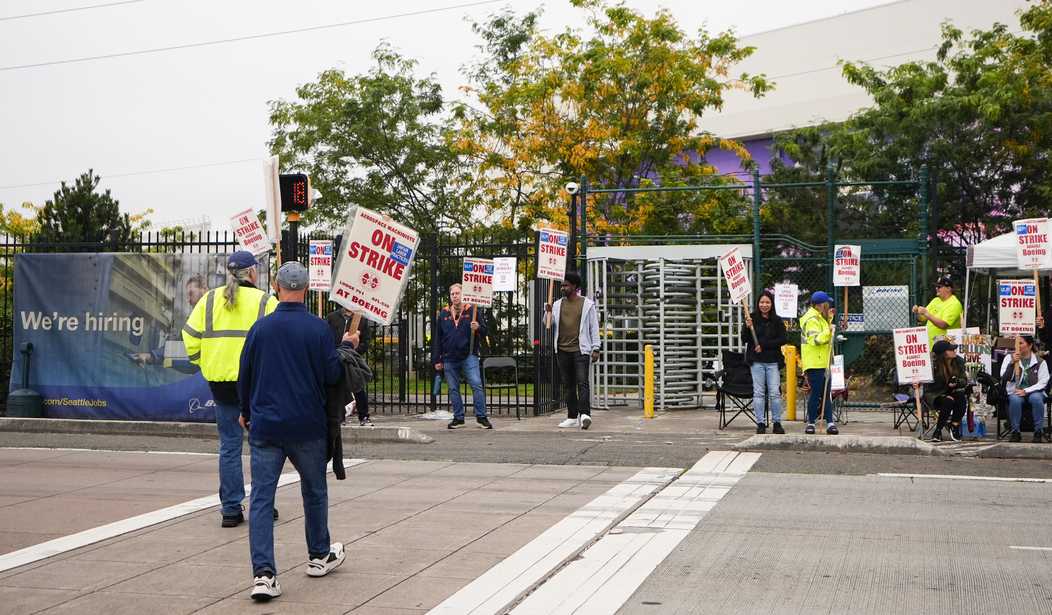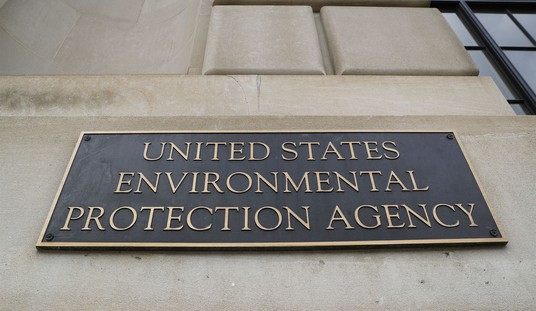It's been five weeks since the 33,000 machinists went on strike at Boeing's plants in Washington state and Oregon, and we're guessing the strikers didn't expect this kind of dramatic fallout. The defense contractor and commercial airliner producer has just announced a stunning amount of layoffs and huge production cutbacks after talks between the aerospace workers and the company crashed and burned.
The company announced the suspension of its successful 737 MAX and 777 jets due to the strike, but in the last few days the new CEO has announced that he's canceled production of a 767 freighter, issued a hiring freeze, and the company will lay off ten percent of the workforce. That means 17,000 Boeing employees will now become 17,000 ex-Boeing employees.
It's unclear precisely who is being axed–it may be an across-the-board RIF– but I know two people who are not engineers or machinists who were "furloughed" or lost their jobs before the reduction-in-force was announced. One person is on the East Coast and the other is on the West Coast.
The month-long strike by Boeing employees affiliated with the International Association of Machinists and Aerospace Workers came one month after the new CEO, Kelly Ortberg, signed on to turn the place around after notorious problems like the 737s losing a door plug that came close to hitting my friend's house in Portland, Oregon. Shockingly, no one on the ground was hurt by falling debris though there were minor injuries and plenty of traumatized passengers on the jetliner.
Frightening issues with the computer systems were responsible for two deadly crashes. Whistleblowers warned of loose safety standards on the production line.
At the beginning of the strike, Boeing's vice president and CFO warned that the work action would "jeopardize our recovery in a significant way."
And it certainly has. In the past few days, Boeing has warned Wall Street of huge fiscal impacts of the strike ahead of the quarterly earnings report due out later this month.
"The company expects to report third quarter revenue of $17.8 billion, GAAP loss per share of ($9.97), and operating cash flow of ($1.3) billion," the company announced in a press release. The strike is costing the company a billion dollars for every month of the strike.
Wow.
— Frog Capital (@FrogNews) October 11, 2024
Was just shutting down my real job and saw this.
Companies release this kind of stuff after 4 on Fridays because they don't want anyone to see it.
Boeing laying off 10% of entire workforce. (17k people)
How'd that machinist strike work out? pic.twitter.com/Hw8eK10AlS
Ratings agencies have warned that the company stock is being considered for a downgrade.
Negotiations between the two sides fell apart last week, with the union leader saying his guys were in it for the long haul.
Striking workers already complained that a doubling of a retention bonus to $6,000 and a 25% raise over a four-year contract were not good enough. They want a return to pensions to go along with 401K plans. They demand the company build all of its jetliners in Washington, after it sent the Dreamliner production line to a non-union South Carolina facility. South Carolina is a right-to-work state.
Boeing to cut 17,000 jobs as strike hits finances pic.twitter.com/D7h65XhxbH
— Patriot Pointman 🇺🇸 (@PatriotPointman) October 12, 2024
The Epoch Times reported that two federally mediated negotiation sessions were a bust. Commercial division chief Stephanie Pope said the some of the union's demands were "non negotiable."
“The union made non-negotiable demands far in excess of what can be accepted if we are to remain competitive as a business,” she said in an Oct. 8 statement to Boeing employees. “Given that position, further negotiations do not make sense at this point and our offer has been withdrawn.”
The company employs about 150,000 employees throughout the country, half of whom work in Washington state.
Striking machinists knew the company was on the economic ropes when they hit the picket line. Boeing will survive, but this could be the ultimate FAFO scenario for the union.










Join the conversation as a VIP Member